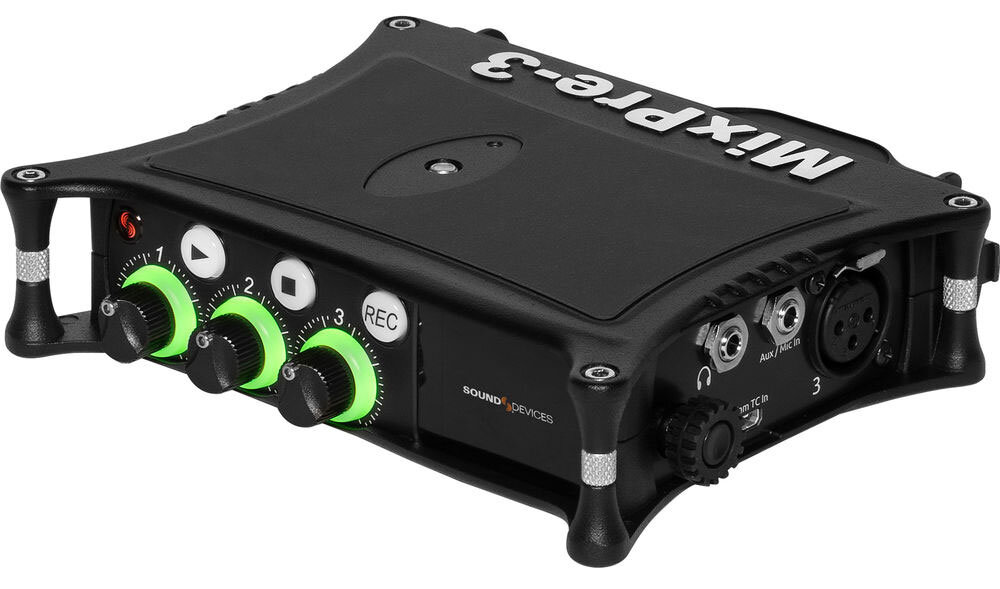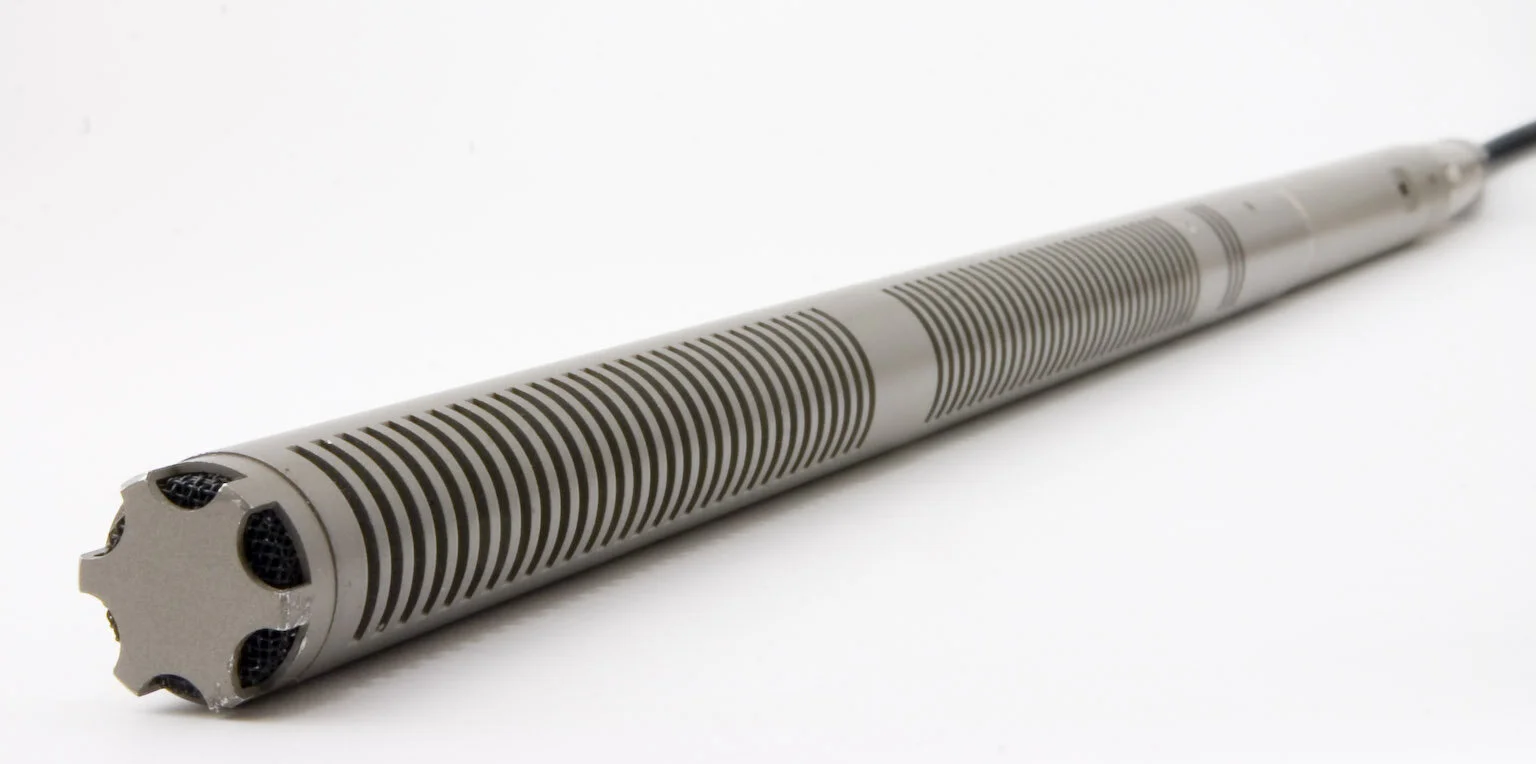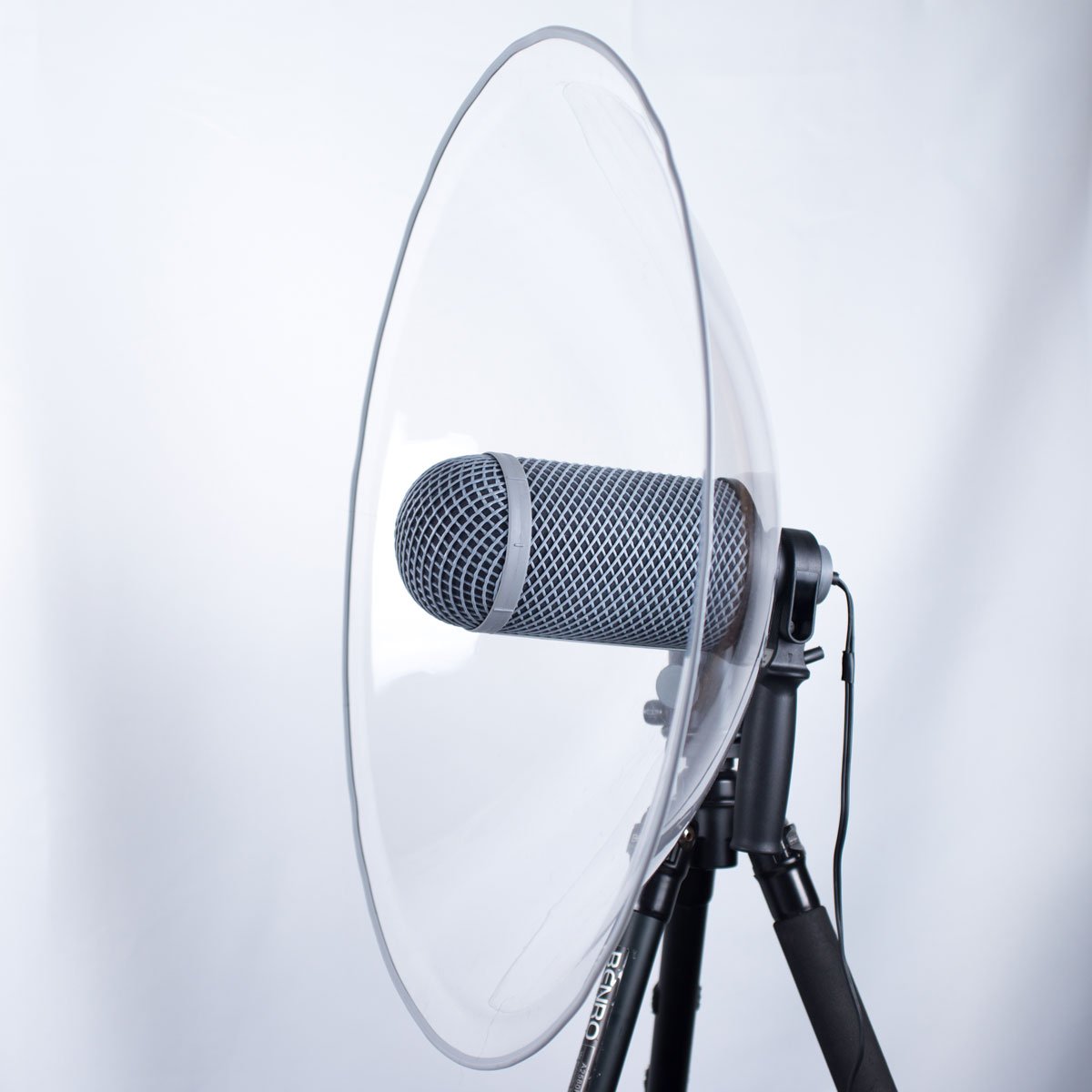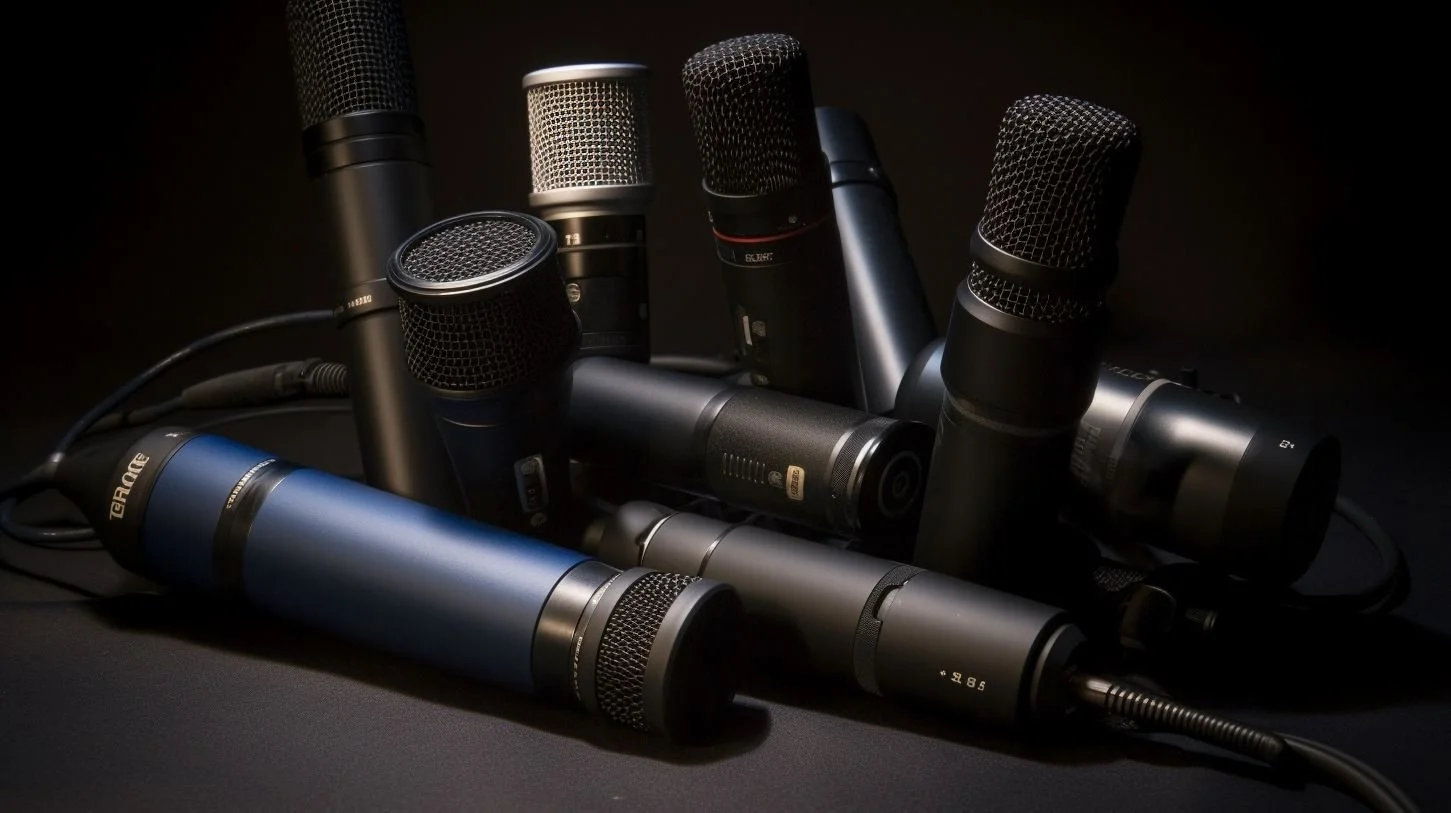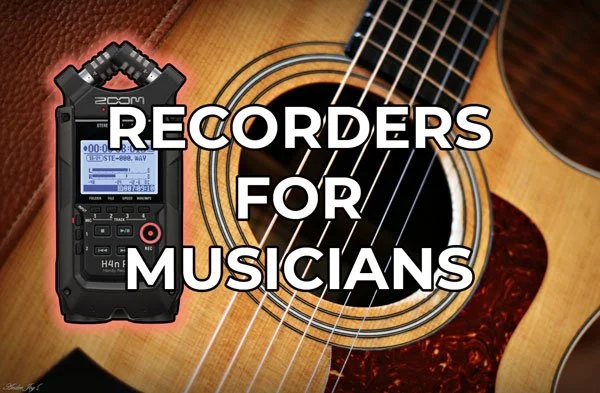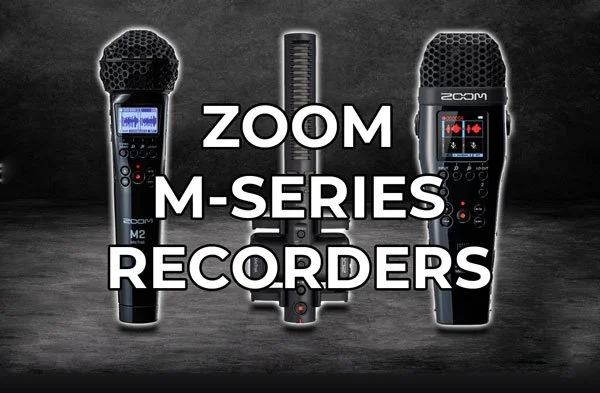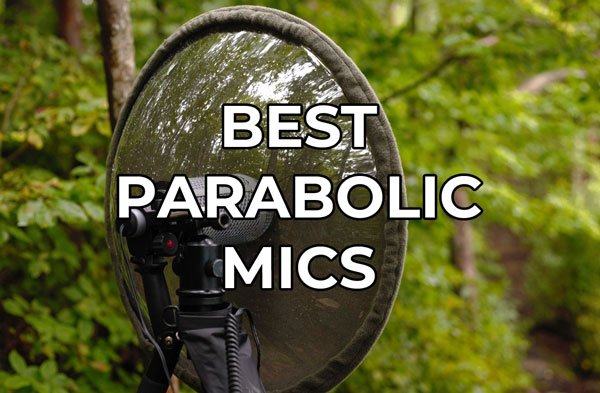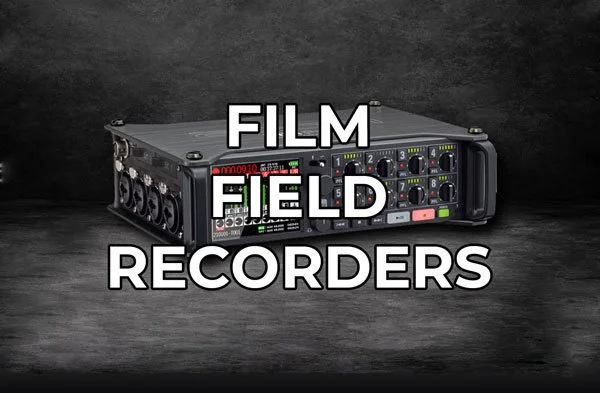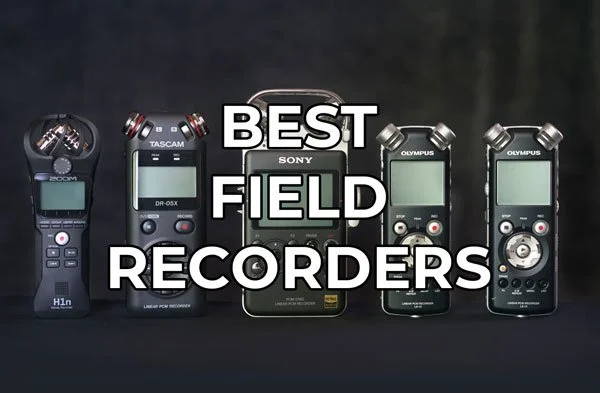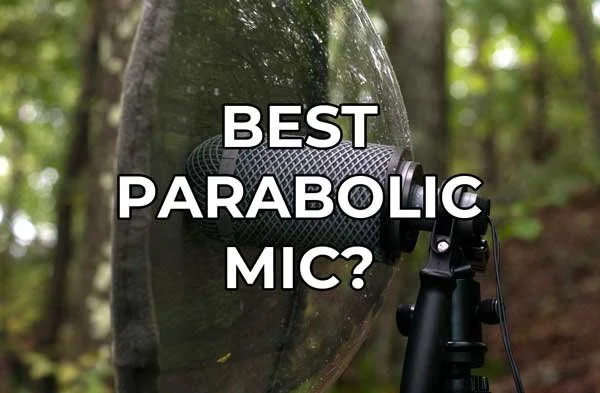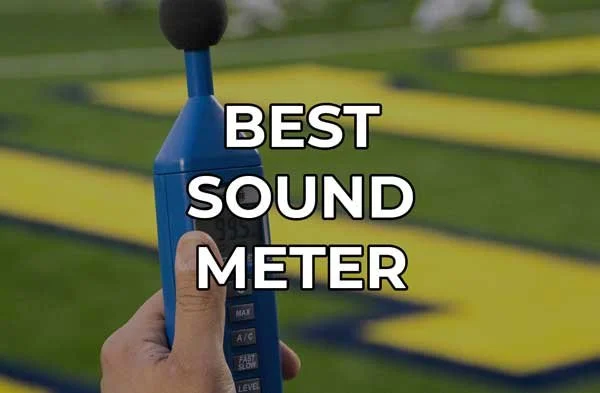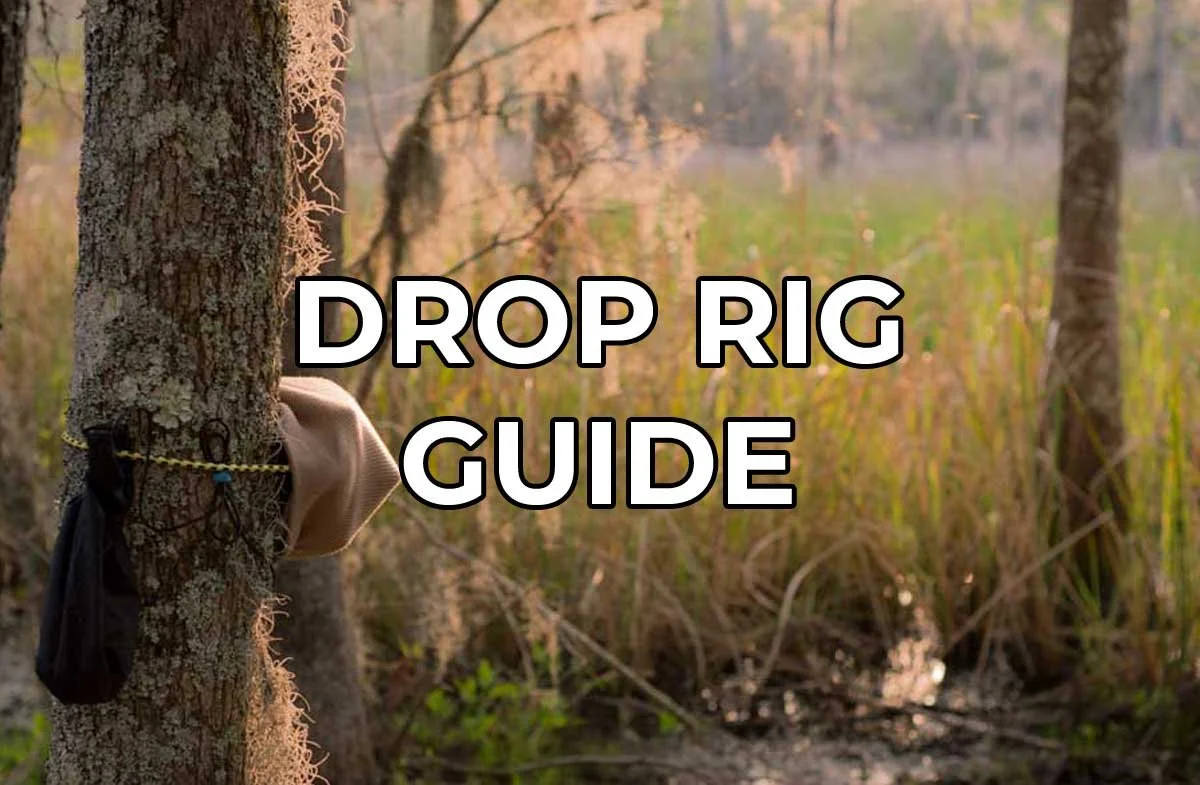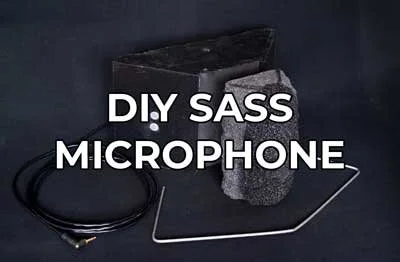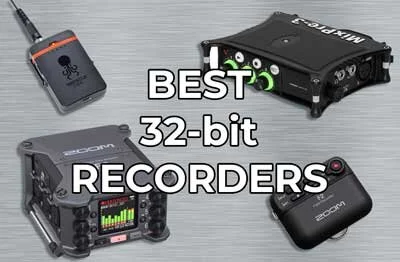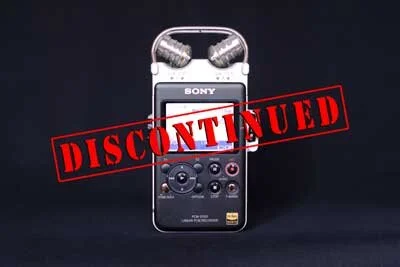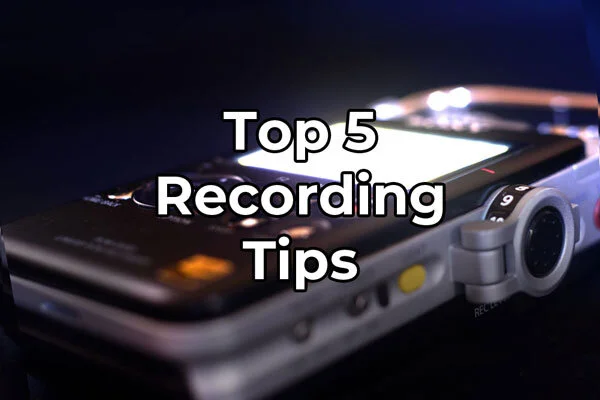Best Way to Record Birdsong: Gear Guide + Tips
Learn about the gear and techniques necessary to record the best birdsong possible.
Birding is a growing pastime throughout the world. More and more people are finding peace and fulfillment through looking at and listening to birds. People have always taken photos of birds home with them, but now, people want to take their sounds home too.
This desire has left many bird enthusiasts asking, “What is the best way to record birdsong?”
This article will answer that question by looking at the gear and techniques necessary for capturing the peaceful songs of birds.
Links on this page are affiliated with Sovrn and Amazon Associates networks.
In this Article:
Recording Concepts
Gear
Field Recorders
Shotgun Mics
Wind Protection
Parabolic Mics
Tips & Techniques
Basic Recording Concepts
What is Signal-to-Noise Ratio?
In order to understand how best to record birdsong, we first must understand what signal-to-noise ratio is and how it applies to birds.
In field recording, the best quality recordings have high signal-to-noise ratios (SNR). I have an entire article about SNR but I’ll give you a quick summary.
All recording devices produce some amount of noise. This is the “noise” part in the signal-to-noise ratio, and can be heard as a static hissing sound. Turning up the sensitivity or gain controls will also increase the volume of this noise.
The “signal” in SNR refers to the sound of your subject, what you are trying to record. The comparison in relative loudness of signal and noise creates the signal-to-noise ratio.
High SNR
A high SNR means that the volume of your signal is substantially louder than the noise produced by your microphones and recorder. Recordings under these conditions showcase the sound of your subject and lack hiss.
The hiss is still there but your signal is so much louder, it’s inaudible under normal playback volumes.
Low SNR
A low SNR is when the volume of your signal is close to equal volume with the noise. When signal and noise are close in loudness, the hiss of your recording equipment will be audible and distracting to the listener.
Ways to Increase SNR:
Purchase the lowest noise recorder within your budget
Use low-noise microphones
Parabolic microphones
Shotgun microphones
Get as close to your subject as possible
Gear for Recording Birdsong
Birds are quiet and afraid of humans. This presents a worst-scenario for recordists, making it difficult to achieve a high SNR for hiss-free recordings.
With an average decibel level of 40 dB, birdsong falls between a whisper and moderate rain on the loudness scale. This means that our signal will not be very loud.
Trying increase the signal strength by getting closer to the birds will likely cause them to fly away, leaving us birdless. Thankfully, technology exists to increase the signal strength of birdsong without having to sneak up on them.
In this article, we will look at three gear options for recording birdsong:
Field Recorders - essential tool for recording sound
Shotgun Microphones - rejects off axis sounds
Parabolic Microphones - rejects off-axis sounds and amplifies signal
Field Recorders for Birdsong
The most essential piece of gear for recording birds is your recorder. All above methods require one and should be your first consideration when thinking about recording birds.
Because the field recorder will be the heart of your recording setup, you want to make sure you have a good foundation to build on. Not all field recorders are created equal and some are much nosier than others.
Handheld Field Recorders
Handheld recorders are an all-in-one package. By using the built-in microphones, you can start recording straight away.
The Sony PCM D-100 is the lowest noise handheld available on the market at -127 dBu. Its built-in stereo mics can be arranged in 90° XY or 120° wide stereo positions. It supports plug-in-power (PIP) for 3.5mm mics but does not support XLR microphones.
The second quietest handheld is the Tascam DR-100 mkiii with a self-noise of -126 dBu. It supports PIP for 3.5mm mics and phantom power for 2 XLR inputs.
Dedicated Recorders
Dedicated recorders do not have any built-in microphones. You will have to purchase them separately. Dedicated recorders will give you the best noise performance possible. When paired with low-noise microphones, the quietest locations can be captured without any hiss.
Advantages of dedicated recorders:
Superior self-noise levels
More input/output options
Independent gain controls for each input
In my opinion, the Sound Devices Mix Pre 3 II (check price) is the best value option. With a self-noise of -130 dBu, it is the quietest recorder money can buy. What keeps it affordable (in comparison to other dedicated recorders) is its limited, 3 XLR inputs.
It is listed as a 5 track recorder because it can record 3 XLR microphones and a stereo track from a 3.5mm TRS mic. The left and right channels of the stereo recording are counted as individual tracks.
For recording birdsong, this is more than enough inputs.
Shotgun Mics for Birdsong
Shotgun microphones are essentially long tubes with evenly spaced slits down the sides. The actual microphone is located at the base of the tube. They are designed to allow sound in from the front, and reject sound from the sides.
Shotgun microphones are popular for recording birds because they allow you to focus on a single species.
By pointing the mic directly at your target of interest, its sounds will travel unimpeded down the tube and to the microphone. Other calling birds around your subject will enter the tube through the side slits. This creates a phase cancelling effect and rejects those off-axis sounds.
Pros
Easy to transport
Easy to aim even in dense habitat
Affordable models available
Good directionality for higher frequency sounds
Cons
Does not reject low frequency, off-axis sounds
Does not amplify signal
Recommendations
Best Overall: Rode NTG-5
The NTG5 shotgun microphone from Rode is the best overall shotgun mic because of its pro-level specifications, accessories and affordable price.
Released in December, 2019, the NTG5 is the replacement for the extremely popular NTG3 with a catch…the NTG5 has better specifications, more accessories and a lower price.
In comparison, the NTG5 is quieter, more sensitive, shorter, lighter and has better off-axis rejection than the NTG3.
Additionally, the NTG5 comes with some awesome accessories not included with the NTG3. Included is a dual lyre, Rycote shockmount, Rode PG2-R pistol grip with Pro Cable attachment for optimal XLR cable management, RM5 stand mount, foam windscreen and Rode WS10 furry windscreen!
These accessories provide everything you need to start recording high-quality audio right out of the box.
Pro:
Low self-noise (10 dB)
moisture resistant
Solid metal construction
Con:
No integrated pad or low-cut filter
Best Value: Sennheiser ME66/K6
The ME66/K6 is a diamond in the rough. It is supremely quiet at only 10 dB self-noise and is affordable!
These qualities make it the most popular shotgun microphone for recording bird sounds.
It is a favorite of bird recorders and location sound recordists.
Also, if your recorder does not support XLR, you can power the ME66/K6 with 1 AA battery and use an XLR to 3.5mm adapter.
Pro:
Low self-noise (10 dB)
Bass roll off switch
Solid brass construction
150 hours from single AA battery
Con:
No pad for attenuating loud signals
Discontinued by Sennheiser and only available on eBay
Best Pro-Level: Sennheiser MKH 416
The Sennheiser MKH 416 is the most popular professional shotgun microphone. It is extremely quiet and sensitive. It has very similar specifications to the Rode NTG3, but is slightly more directional by rejecting more off-axis sound.
It is also moisture resistant making it suitable for recording during the dawn chorus and throughout the day.
This is one of the most popular microphones in the film industry because of its sound.
Pro:
Low self-noise (13 dB)
Moisture resistant
Solid brass construction
Huge savings if you need a recorder
Con:
No low-cut filter
No pad for attenuating loud signals
Wind Protection and Shock Mount
While in the field recording birds, two things will drive you crazy. Wind and handling noise.
Microphones are very sensitive to wind. Wind over 2 mph will be picked up by your microphone and distort your recording with unnatural sounding, low-frequency rumbling. Also, the movement of aiming your mic at a bird will create this distortion. Wind protection is absolutely essential when outdoors.
While metal construction is great for durability, it’s not so great for reducing handling noise. Every micro movement of your hand will be transferred to the microphone.
The Solution: Rode Blimp Windshield and Shock Mount System
This blimp system from Rode is the most popular solution to wind and handling noise for shotgun microphones.
The “pistol grip” handle is comfortable to hold and will help you pinpoint birds in the field.
It fits any shotgun mic up to 12.75” in length, perfect for the three previously mentioned shotgun mics on this page.
RELATED: Best Shock Mounts for Shogun Mics
Parabolic Mics for Birdsong
Parabolic microphones are the best tool for recording birds. They are even more directional than shotgun mics and actually amplify the signal.
They work by using the amazing properties of a parabolic dish in combination with a microphone. The parabolic dish collects sound waves and concentrates them into a single point, above which is the mic.
In this way, the parabolic shape naturally amplifies your signal without adding any electronic noise, greatly boosting your SNR.
The wider the dish, the louder the concentrated sound will be. Around 20” diameter is the standard for field recording.
Only sounds coming from straight ahead are collected by the dish. All other off-axis sounds are either blocked or rejected by the dish. This makes parabolic microphones extremely directional and great for targeting one subject.
Best in the Business: Telinga Modular
The Telinga Modular is the best parabolic microphone money can buy, hands down. The modular design allows you to use your own microphone(s), mono or stereo foam inserts, and customizable cable management.
The dish can fold up for compact packing and springs back into shape without warping.
Optional accessories include a tripod adapter, Rycote Windcoat, and soft carrying bag.
Update: For more details about the Telinga Modular, please see my in depth review.
Tips & Techniques
Having the best gear in the world will fall short with poor technique. Below are a few tips that will help you have a successful birding trip.
Things to remember before recording:
Hot days - birds are less active in hot weather and generally hide between 1:00 and 3:30pm (peak of the day).
Locations near traffic will make it more difficult to hear birds and to get clear recordings of them.
Bright clothing will call the bird’s attention to you, causing them to become quiet.
Large groups create a large disturbance that is easily noticed by birds, also causing them to become quiet.
Windy days will obscure bird calls and high winds will decrease the number of calling birds.
If you are interested to learn more about the best locations for birds, the best recording times and things to avoid, please see my article about birds.
Conclusion
In this article we learned about signal-to-noise ratio, what it is and how to maximize it. We then learned about the best gear for recording birds including field recorders, shotgun mics, parabolic mics and wind/handling noise protection.
I hope you’re ready to dive into this great hobby and get started recording today!
Support Acoustic Nature
If you enjoyed this post and would like to help support Acoustic Nature, please consider "buying me a coffee" or becoming a Patreon with the buttons below.
As a thank you for your support, Patreon supporters receive a copy of Field Recording For Beginners, exclusive access to the full Behind The Sounds video series, nature sound library downloads, and more.
If you are unable to support the site financially, please share this post with others, or leave a comment below letting me know you enjoyed this post! Both are free and help the website grow. Thank you ♫
Thanks for reading,
-Jared



